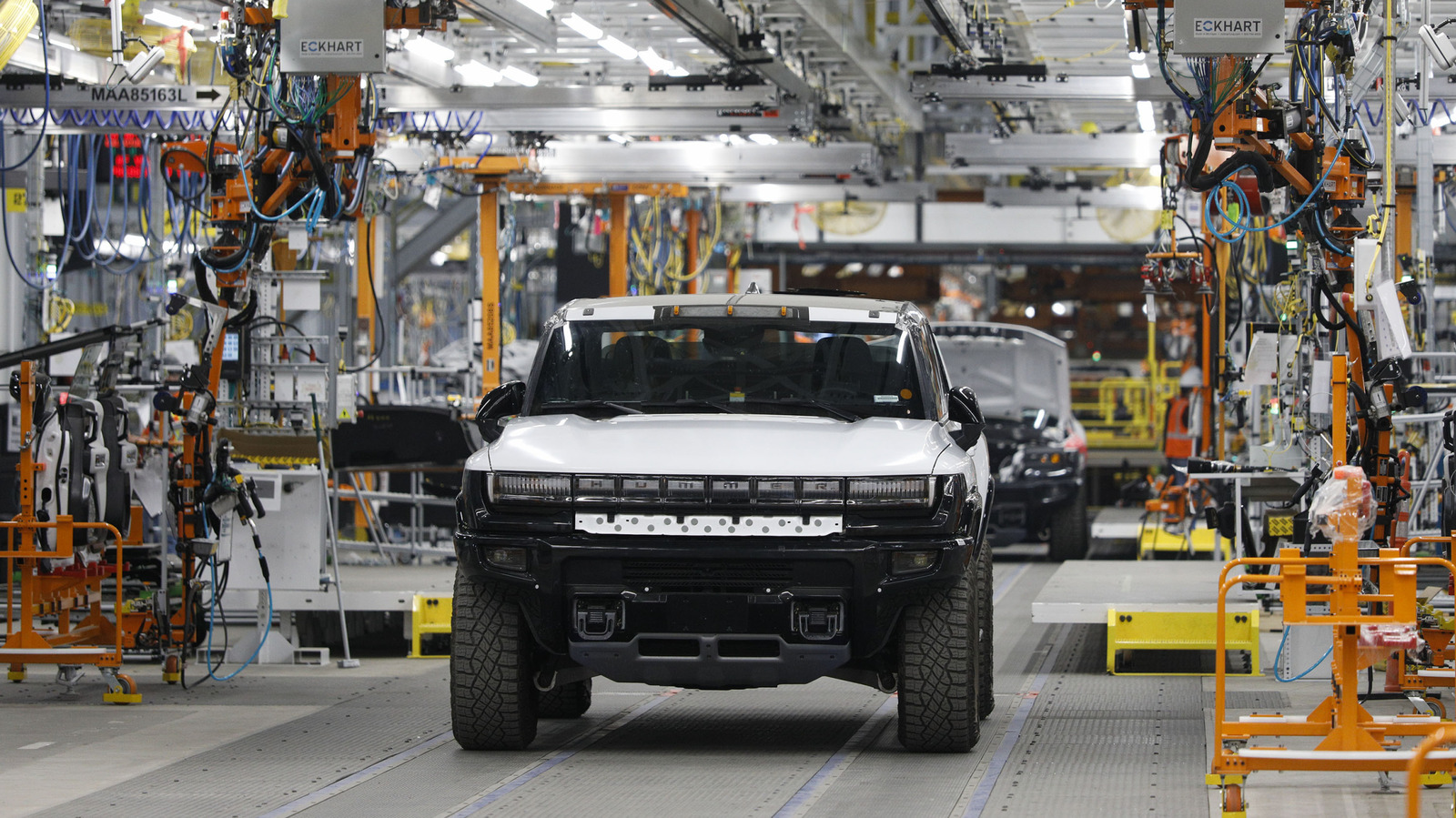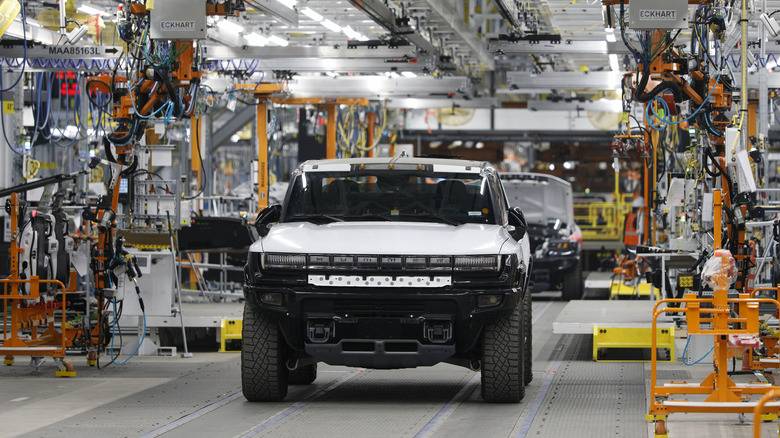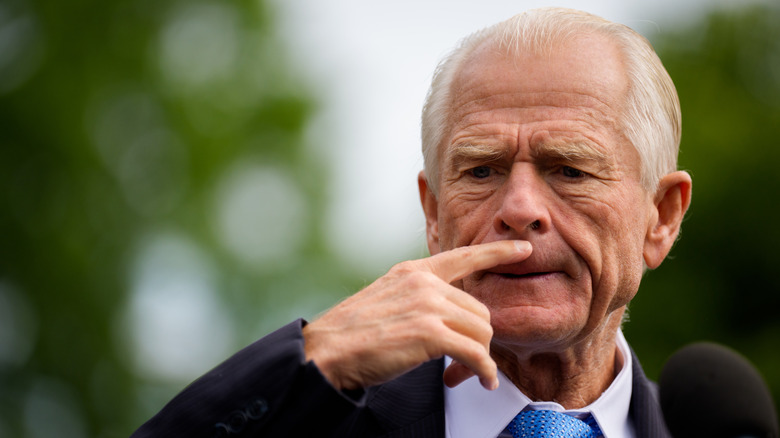The Trump administration’s shambolic tariff policy is supposed to send a clear signal to domestic and foreign automakers alike: Make more vehicles in the good old US of A! Trump trade advisor Peter Navarro has been beating this drum for months with wild-eyed conviction, as has Commerce Secretary Howard Lutnick, offering the inevitability of a U.S. auto manufacturing restoration as a sort of fait accompli.
We currently import about eight million vehicles a year, making up half of the 16 million annual US sales market for cars and light trucks. Tariffs, broadly speaking, can also have an impact on the supply chain; it has been noted that many, many car components cross the US-Canada and US-Mexico borders numerous times before ending up in finished vehicles.
So, what would happen if the administration’s nirvana of a 100% made-in-USA vehicle came to pass? Is it even possible? CNBC’s Mike Wayland reported out the question and concluded that, well … it’s complicated. Mike is basically correct – but the complications mainly concern the staggering expense of all-American production. The truth is that, when you drill down into the details, it’s effectively impossible to build a car entirely within U.S. borders.
It’s the little things that count
I’ll explain by providing a teensy-weensy example: I’ve been lucky to have toured numerous assembly lines. Inside the plants, you’ll see some great big robots and lots of high-tech computer screens and entire engines being lowered into unfinished chassis. But you’ll also see numerous bins filled with screws and bolts and clips and all manner of fiddly little components that, you know, hold the car together. These bits are not American made because it would be unbelievably costly to pay for American-made bits.
Now let’s zoom out. Every single automobile manufactured anywhere on Earth has something called a “bill of materials,” or BOM, that ultimately dictates its existence. Yes, there are some vehicles – exotic hypercars and so on – that don’t live and die by the BOM, but for every other car or truck, from cheap subcompacts to luxury four doors, the BOM is destiny. The automakers devote massive amounts of planning time, energy, and resources to making the BOM work for a car they want to sell. The engineering costs alone are huge (automotive engineers are well paid, as they should be, for their expertise).
The BOM cannot be avoided. In his story, with the assistance of some analysts, Wayland works through how a carmaker could get as close as possible to 100% US content, going so far as to invent a new company that’s all U.S.A. and has to sell its vehicle for upwards of … $400,000! Fun stuff, but in reality, the discussion would never even get started, because everybody would already know, from square one, that the BOM wouldn’t fly.
What the Trumpers don’t know
Apart from Elon Musk, who doesn’t seem to be offering his extensive grasp of this topic to any of Trump’s advisors, nobody in the administration knows anything about 21st century manufacturing. Nonetheless, they have “designed” and rolled out the most ambitious disruption to the global manufacturing economy in human history.
The end goal is simply unachievable. GM and Ford have already clearly flashed a warning on that front, predicting a combined $6.5-billion hit to their profits for 2025. Ford’s annual net profit could be knocked down by 25% ; the $4-5 billion that GM expects to not make in 2025 is half of what the General has racked up in a typical year since the firm emerged from bankruptcy over a decade ago.
Let’s say that, somehow, the boards of these companies decide to go along with Trump and spend the billions that would be required to construct the factories and yank back production from outside the U.S. borders. They would then be operationally doomed because they wouldn’t be able to sell for enough money, with acceptable margins, the cars and trucks that would eventually be built. The embedded economics of the auto industry are merciless. If you don’t make money, you borrow money to cover the gap. But if you don’t start making money at some point, the debt kills you. Fast.
That is, literally, the bottom line. The carmakers can’t afford Trump’s tariffs, and they can’t afford to make the changes that the tariffs demand. The alarming thing is that nobody in the administration seems to have figured this out.





